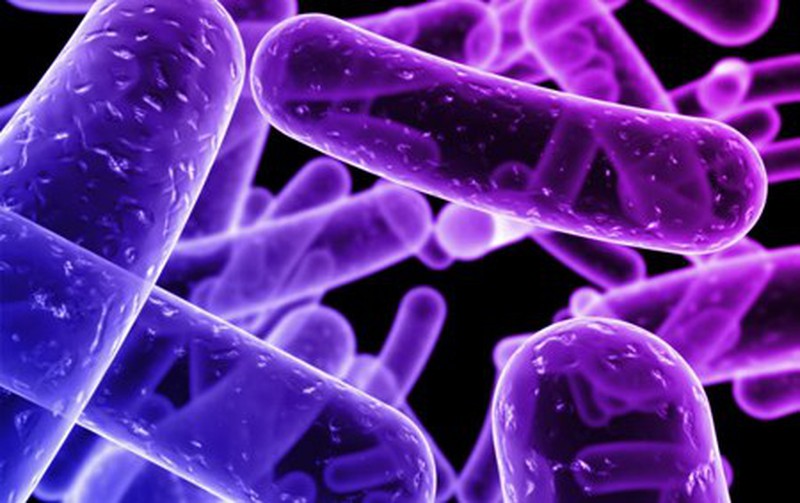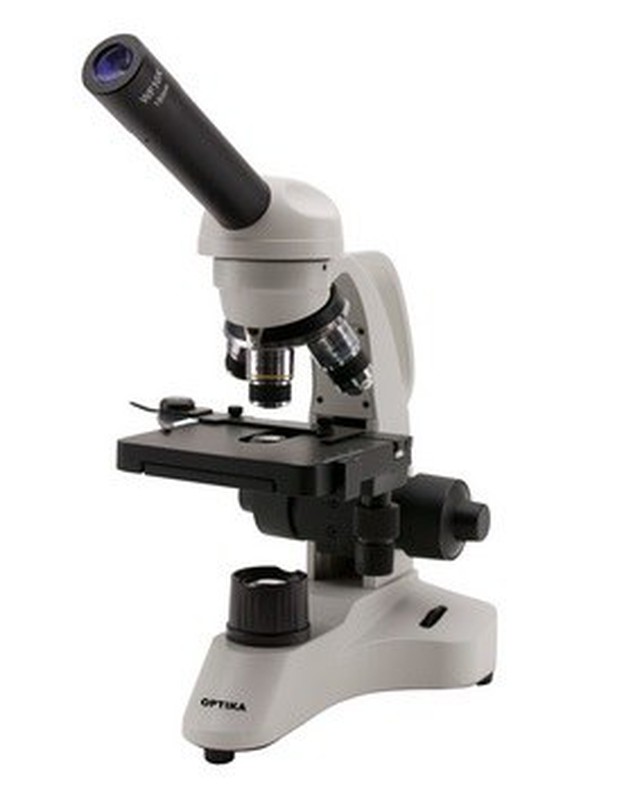Observation techniques in microscopy
Due to the great diversity of samples to observe, different microscopy techniques and a great diversity of microscopes have been developed for this purpose.

Brightfield observation is the simplest microscopy technique. In this system, light passes through or is reflected by the sample, without any alteration, beyond that caused by the sample itself.
All light from the specimen and surroundings is collected by the lens to form an image against a fully bright background. This type of observation is the most suitable for samples stained or with natural pigments and that are highly contrasted.
It is widely used in pathology and plant and animal histology, for the observation of fine tissue sections, the contrasted sample appears under a bright background. However it is not too useful for the observation of living cells.
The darkfield observation technique is a contrast technique, without direct light, where only light diffracted from the specimen is used to form the image.
In this technique, the samples must be transparent and not stain. The sample light should be controlled so that the central light is blocked. The lighting (thanks to the condenser) forms a hollow cone, with only obliquely light, which reflects on the sample and surroundings. The image is formed with light rays scattered by the specimen and stage, which are captured by the target.
It is a suitable technique for observing living cells and organisms. This is so, because the contrast is created by a bright organism on a dark background, thus we reveal backgrounds, edges and contours of the organism. One of the main uses is in hematology, on living blood cells.
The phase contrast technique also corresponds to a contrast observation technique, regardless of the redundancy. This means that the result of the image will be the fruit of the passage of light through the sample, normally alive, and the different refractive indices that result from this.
Light from a halogen-tungsten lamp / bulb is directed through a collecting lens and focused onto specialized condenser rings. Wave fronts passing through the ring illuminate the specimen and pass directly (or diffracted) through the sample and are delayed by the phase gradients of the sample. The undirected light, diffracted and collected by the lens, is separated by a phase plate and focused on the intermediate image plane to form the final image.
This technique is used in observation of living cells or in the study of materials with very thin sheets.
The fluorescence microscope is based on which the objects are illuminated by rays of a certain wavelength. The observed image is the result of electromagnetic radiation emitted by molecules that have absorbed the primary radiation and re-emitted light with a longer wavelength. I mean, they got excited. To pass only the desired secondary emission, appropriate filters must be placed below the condenser and above the target.
Thus we could determine this observation technique as indirect, since the observation or result is thanks to the reaction of certain molecules or cells on a first type of light or radiation that they have absorbed.
Fluorescence microscopy is used to detect certain substances such as vitamin A or fluorochrome-labeled substances. It also allows determining the distribution of a single species of molecule, its quantity and location inside the cell. It is a very specific and evolved technique, but at the same time widely used in biomolecular analysis.






Opinions of our clients
Receive our news